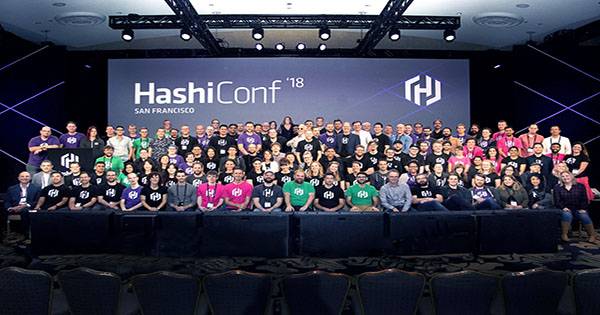This week, hashiCorp filed to go public, adding to our expanding list of anticipated fourth-quarter IPOs. With regular revenues and a budding hosted offering, the cloud infrastructure startup offers an intriguing blend of open source and proprietary code. To comprehend HashiCorps performance we must first discuss how it handles the market. It should be a fascinating read if you are a lover of open source software (OSS) or inquisitive about how organizations with a core of open code earn money.
In general terms, HashiCorp increased by nearly 50% year over year in the most recent quarter, albeit with lesser losses. The firm has reached a nine-figure sales scale, implying that the unicorn, which was valued at $5 billion in 2020, would make a splash when it goes public. Let us speak about open source, how it translates into a business model, and how strong HashiCorp’s historical results seem through July.
We meant it when we said HashiCorp is a cloud infrastructure firm above. It has developed a set of tools to help other businesses manage cloud apps (Terraform), keep them and their data safe (Boundary, Vault), handle granular networking (Consul), and deal with orchestration and cross-platform deployment (Consul) (Nomad, Waypoint). That is a very quick summary, but it should give you a sense of the range of software that HashiCorp has developed over the years. To be honest, we anticipated a lot of code; after all, this is a corporation going public, not a little Series C startup hoping to become a unicorn one day.
This is when things start to get interesting. The business “deliberately constructed [its] products utilizing an open-core software development paradigm,” according to its S-1 filing. In practice, this implies that all HashiCorp software products are “produced as open-source projects involving broad communities of users, contributors, and partners.” In recent months, the Exchange has written on how OSS has progressed from exoticism to in-market advantage. HashiCorp’s IPO should be a klaxon for investors who are just now catching on to the monetization opportunities that open source software might unlock in the market.
Whatever the case, how does HashiCorp profit from open-source software? The firm has incorporated proprietary code on top of its open-source products that it sells, as well as providing support and a hosted version. The firm makes money in a variety of ways. Subscription revenues are the first and largest category. The second category is professional services, which well understood, so we will skip it.














